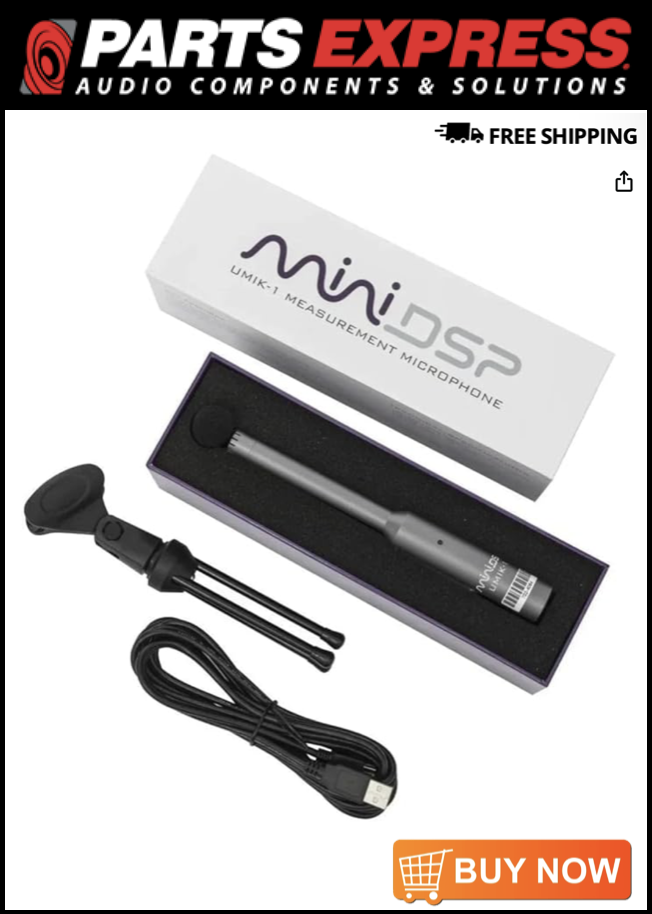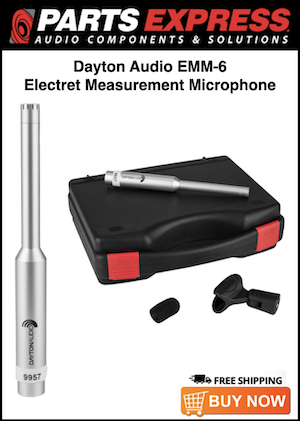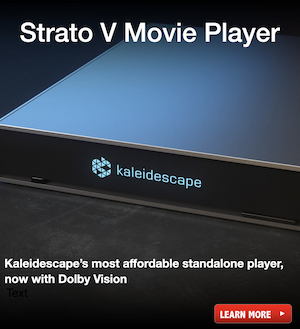Hi
I'm new to REW but I'm using it to understand the response in my home studio, with a view to adding treatment
I'm on a 2015 MacBook Pro, El Capitan with a Focusrite Clarett 8Pre audio interface, connected by Thunderbolt. The DAW I use is Studio One 3. Can you help with two questions please to get me up and running?
1) What measurement mic is recommended? I'd prefer to buy one with XLR as it could come in handy for recording purpose too. Behringer's ECM8000, Dayton Audio EMM-6 and the dbx RTA-M are all within my budget, and the comparisons done by Realtraps suggest they'd be as good as the much more expensive top end mics anyway (http://realtraps.com/art_microphones.htm), but is there any advantage for using one over the other with REW (for example, ease of calibration etc), or other more suitable mics I should look at?
2) Setting up the signal chain - I've see info about using line outs from the audio interface to connect back to the computer, but presumably the set up I have already (via Thunderbolt) makes that unnecessary? Where can I learn more about how to configure and set up according to the type of equipment I have?
Thanks for all your help!
Mick
I'm new to REW but I'm using it to understand the response in my home studio, with a view to adding treatment
I'm on a 2015 MacBook Pro, El Capitan with a Focusrite Clarett 8Pre audio interface, connected by Thunderbolt. The DAW I use is Studio One 3. Can you help with two questions please to get me up and running?
1) What measurement mic is recommended? I'd prefer to buy one with XLR as it could come in handy for recording purpose too. Behringer's ECM8000, Dayton Audio EMM-6 and the dbx RTA-M are all within my budget, and the comparisons done by Realtraps suggest they'd be as good as the much more expensive top end mics anyway (http://realtraps.com/art_microphones.htm), but is there any advantage for using one over the other with REW (for example, ease of calibration etc), or other more suitable mics I should look at?
2) Setting up the signal chain - I've see info about using line outs from the audio interface to connect back to the computer, but presumably the set up I have already (via Thunderbolt) makes that unnecessary? Where can I learn more about how to configure and set up according to the type of equipment I have?
Thanks for all your help!
Mick














